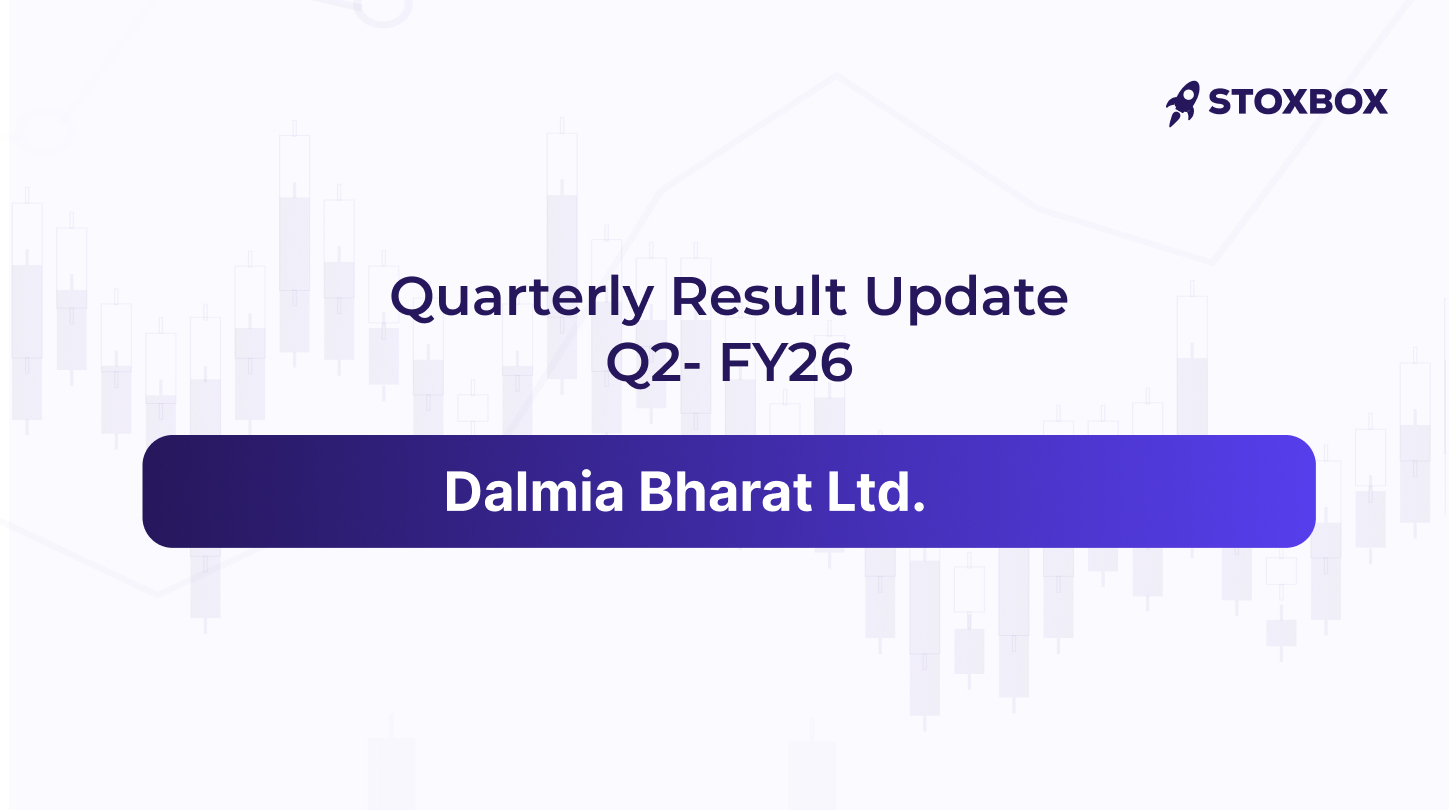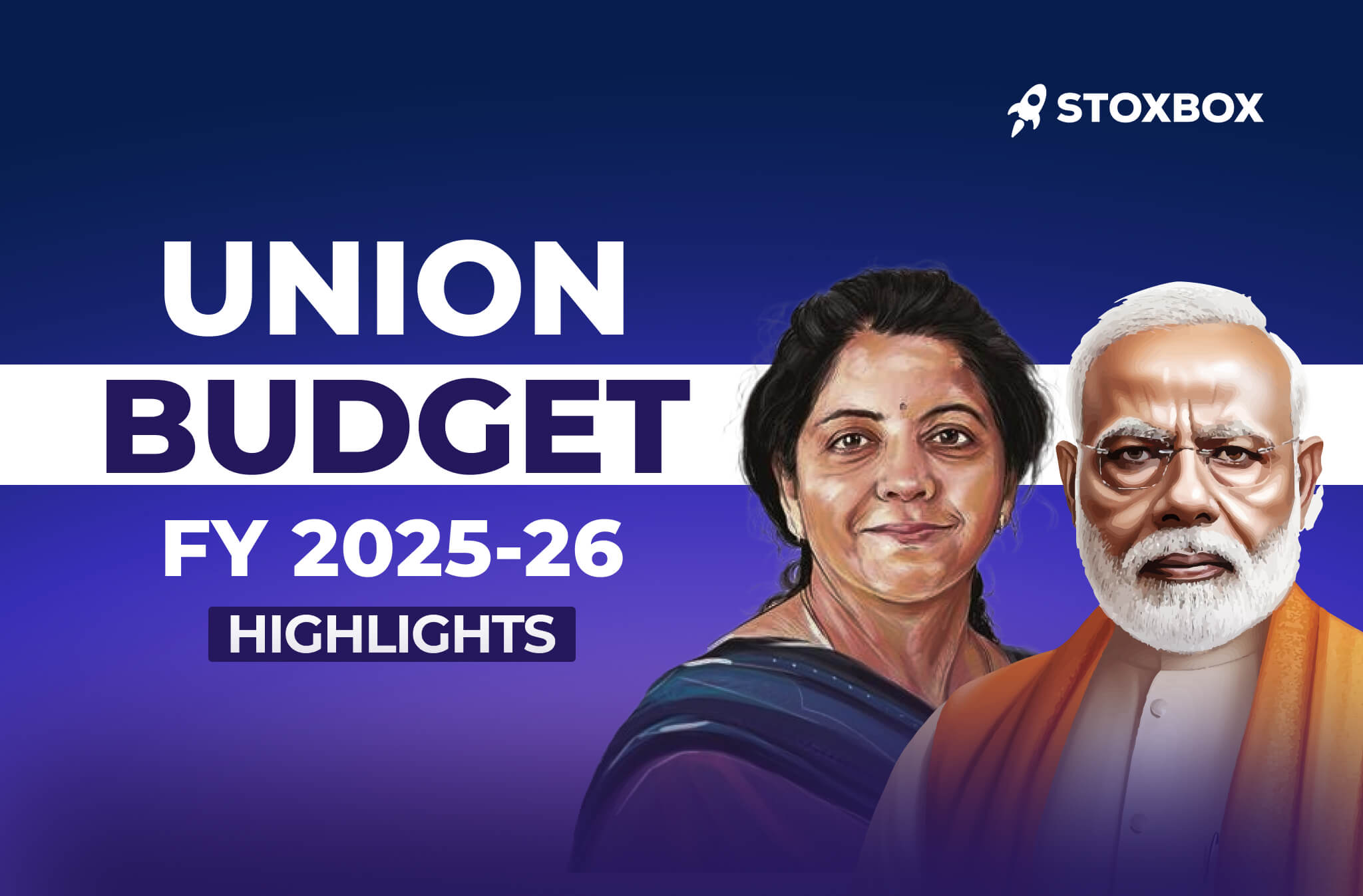Home » Core Investor Group » Dalmia Bharat Ltd – Q2FY26 Result Update
Sector Outlook: Positive
Strong fundamentals and an expansion strategy to drive sustained growth
Dalmia Bharat Ltd. reported revenue of ₹3,417 crore for Q2 FY26, a decline of 6% quarter-on-quarter but an increase of 10.7% year-on-year, supported by better realizations and higher annual volumes. Cement sales stood at 6.9 million tonnes, down 1.4% sequentially but up 3% year-on-year. Raw material costs rose to ₹505 crore (up 8.1% QoQ and 13.5% YoY), mainly due to a new mineral tax imposed by the Tamil Nadu government. Freight costs dropped to ₹728 crore (down 8.4% QoQ and 1.1% YoY), even though the average lead distance increased to 287 km from 280 km last quarter. Power and fuel costs were steady at ₹717 crore (down 1.1% QoQ and up 1.4% YoY), with the company focusing on increasing the share of renewable energy in its operations.
EBITDA came in at ₹696 crore, down 21.2% QoQ but up 60.4% YoY, reflecting better cement prices and strong cost control. The EBITDA margin stood at 20.4%, lower than 24.3% in the previous quarter but higher than 14.1% in the same period last year. On a per-ton basis, EBITDA stood at ₹1,013 versus ₹1,216 last quarter and ₹650 a year ago. Net profit rose sharply to ₹239 crore (down 39.5% QoQ but up 387.8% YoY), driven by higher prices, an improved product mix, and efficient cost management. The company’s net debt-to-EBITDA ratio increased to 0.56x from 0.33x in the previous quarter, though overall leverage remains comfortable. Dalmia Bharat also declared an interim dividend of ₹4 per share for FY26, reaffirming its focus on rewarding shareholders while maintaining financial discipline.
Valuation and Outlook
Dalmia Bharat Ltd. continues to demonstrate a structurally strong outlook in the Indian cement sector, despite near-term challenges such as raw material inflation, seasonal effects and regional demand softness. The company’s management remains focused on profitable expansion by leveraging strong cost-control initiatives, investments in renewable energy, and operational excellence. Government support measures, particularly the reduction in GST rates for cement, are expected to boost consumption and enhance liquidity across the supply chain, thereby supporting industry growth in the medium term. Management expects a recovery in demand momentum in the second half of the year, aided by improving buyer sentiment and continued infrastructure push. Flexibility in strategy across micro-markets ensures that Dalmia balances margin and volume growth while aiming to outperform industry averages over the long run. The company’s disciplined capital allocation and a strong balance sheet provide sufficient headroom to fund upcoming projects, supporting a positive outlook on capturing growth opportunities in the coming years. On the cost front, potential headwinds include rising pet coke prices, but the company is proactively working to offset such risks through fuel mix optimization and continued logistics efficiencies. While near-term earnings could face some pressure, we remain confident that Dalmia will deliver steady long-term growth and profitability, supported by its focus on capacity expansion, cost efficiency, and strengthening its brand.
Key concall Highlights
Dalmia Bharat Ltd. continues to expand capacity and strengthen its cost base. The Belgaum and Kadapa projects remain on track to add 12 MTPA for western and southern markets, while trial runs at the 3.6 MTPA Umrangso (Assam) clinker line began in September with commercial output expected in Q3 FY26. Land work for the Jaisalmer greenfield plant is progressing, and the firm remains on course to reach 75 MTPA by FY28 through organic and selective inorganic growth.
On pricing, management noted healthy positioning across markets—focusing on margins in some regions and volume share in others. Premium products contributed 22% of sales. Renewable power capacity reached 48% of consumption, with 93 MW added this quarter toward a 576 MW target by FY26. Lower logistics costs and fuel-mix optimization partly offset pet-coke inflation.
CapEx of ₹10,000–10,500 crore is planned through FY28, with projects on schedule and spending lower than earlier guided thanks to better supplier terms. A ₹5,000 crore greenfield unit in Jaisalmer is under review pending the JP Group outcome.
Management reaffirmed focus on premiumization and brand strength, projecting India’s cement demand to grow 7–8% annually over the decade, supported by infrastructure and housing. Post-GST benefits will be fully passed to consumers, with incentive accruals now estimated at ₹240 crore for FY26.
Your Wealth-Building Journey Starts Here

You might also Like.
Union Budget 2025-26 Impact on Sectors
Edit Announcement Impact Companies Enhancing the credit guarantee cover for...


